There was a time when Tillotama Shome’s dream of owning a specific car was laughed off not by strangers, but by a director she worked with. Speaking to The Hollywood Reporter India, the actor, known for her strong, nuanced performances in films and shows like Paatal Lok, Delhi Crime, and Sir, recalled a moment early in her career that stung more than she expected.
During a casual chat at a wrap party, when someone asked the team what they were currently longing for, Tillotama mentioned a car she’d set her heart on. She believed that if she got the right project, paid well enough, she could afford it. That’s when the director, who had paid her poorly for the project, cut in and told her point-blank: “You’ll never make that kind of money. You’re talented, yes, but the industry doesn’t work that way.”
- YouTubeyoutu.be
The words stayed with her and not because they came from a place of malice, but because they reflected the limits many try to place on actors like her, especially those who don’t chase stardom or play to the industry’s usual metrics of success.
Years later, she found herself at a crossroads. She was offered a role that excited her creatively more than anything she’d done before. It was the kind of part that actors wait years for. But instead of settling, she spent months negotiating her fee determined to be paid double the amount she once spoke about at that party.
And guess what? She got it!
And once she closed the deal, she sent a message to that same director, letting him know exactly how much she’d earned. Not to gloat, but to make a point. “You should know before you tell another actor what they can or can’t do,” she wrote.
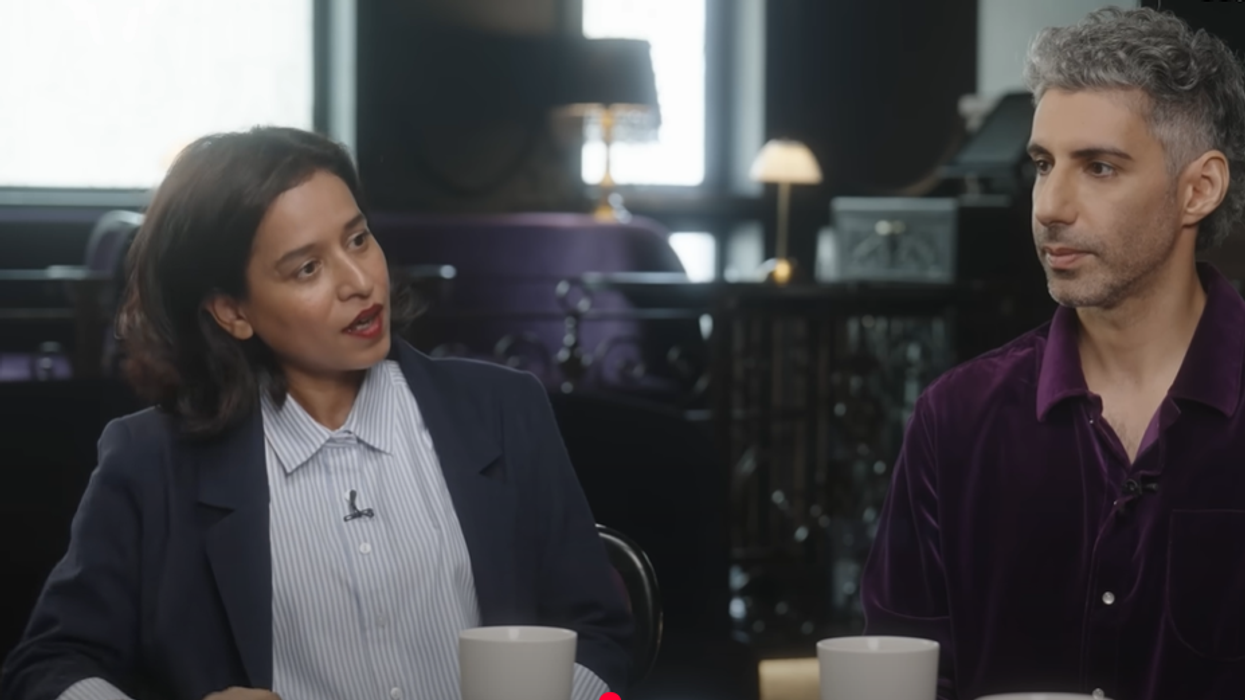
Tillotama’s story here isn’t just about one role or one cheque. It’s about refusing to accept what others decide your worth is. Her journey starting from Monsoon Wedding to her recent Berlin-premiered film Shadowbox shows us that persistence, self-belief, and quietly proving people wrong can be the most powerful form of payback.
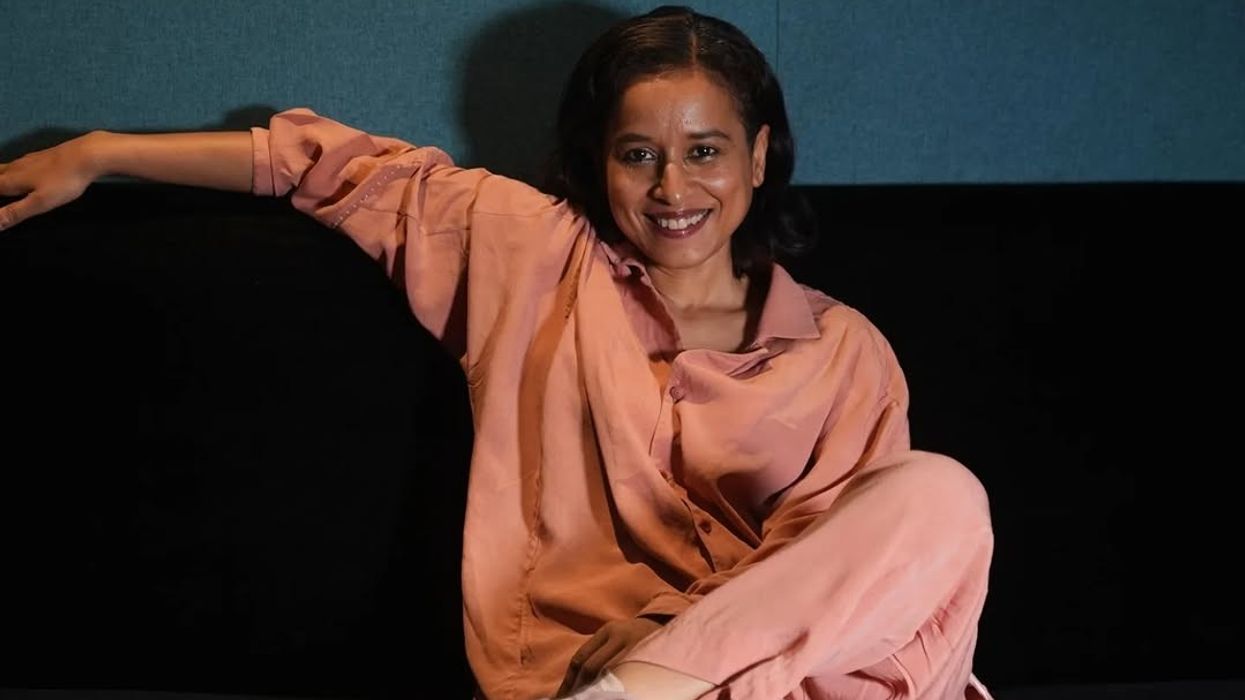

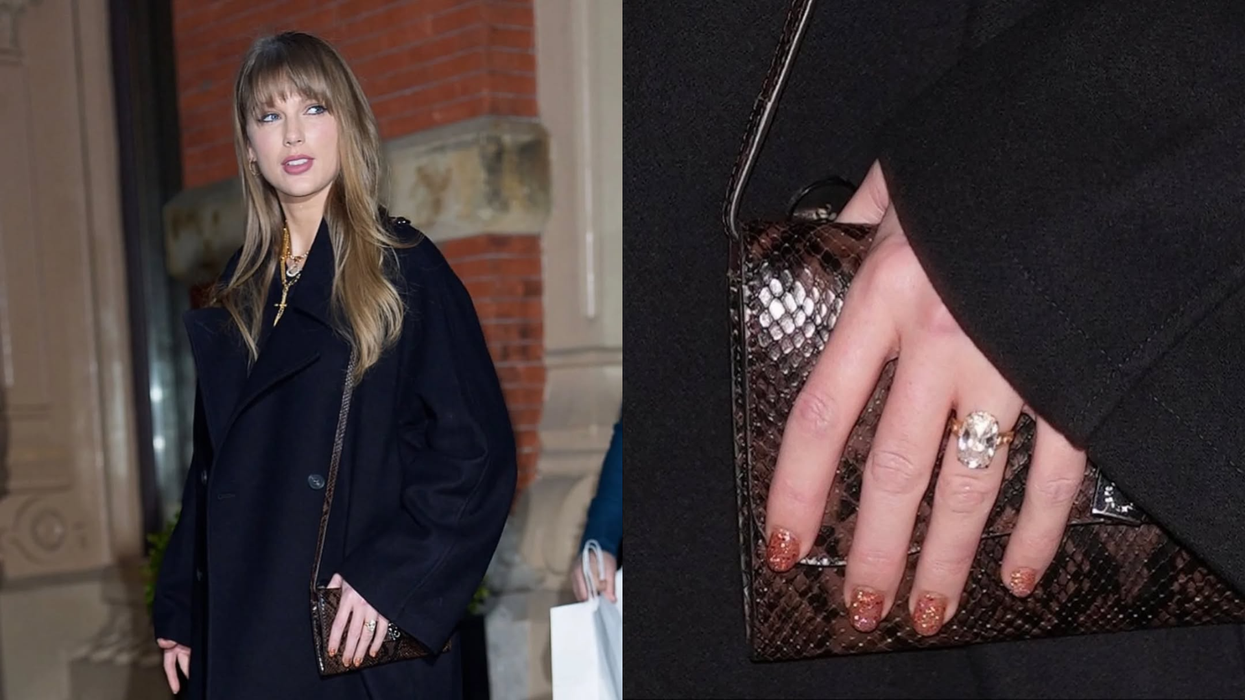
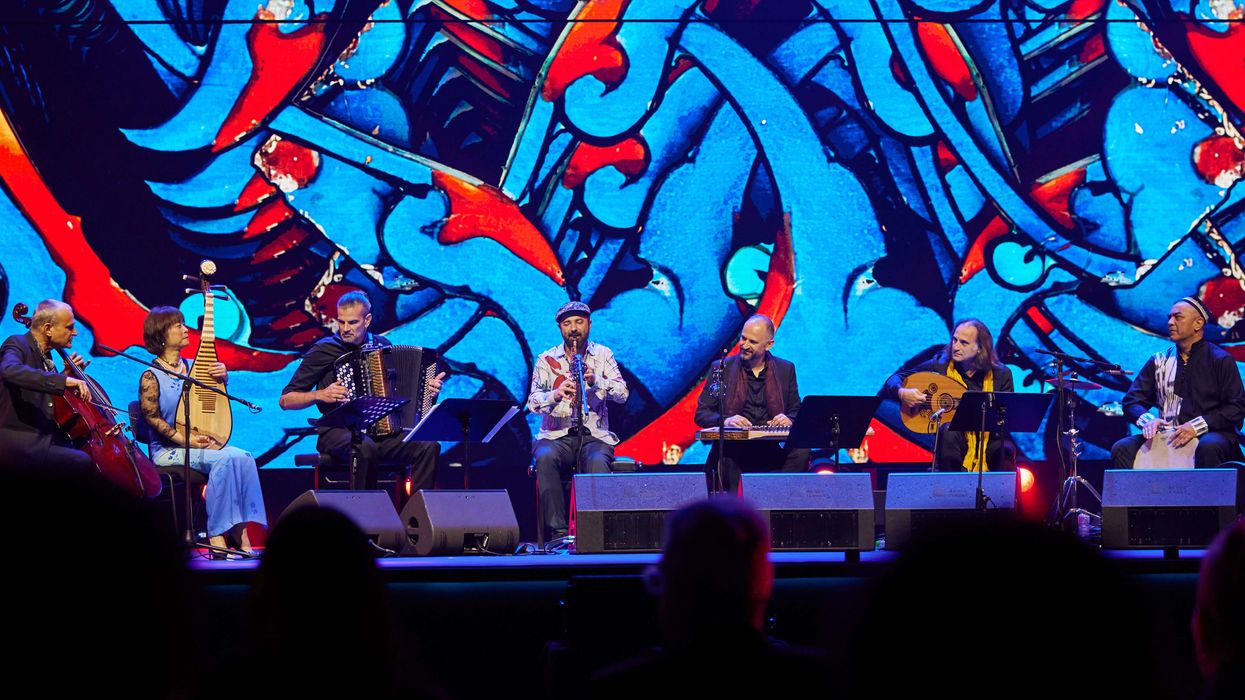

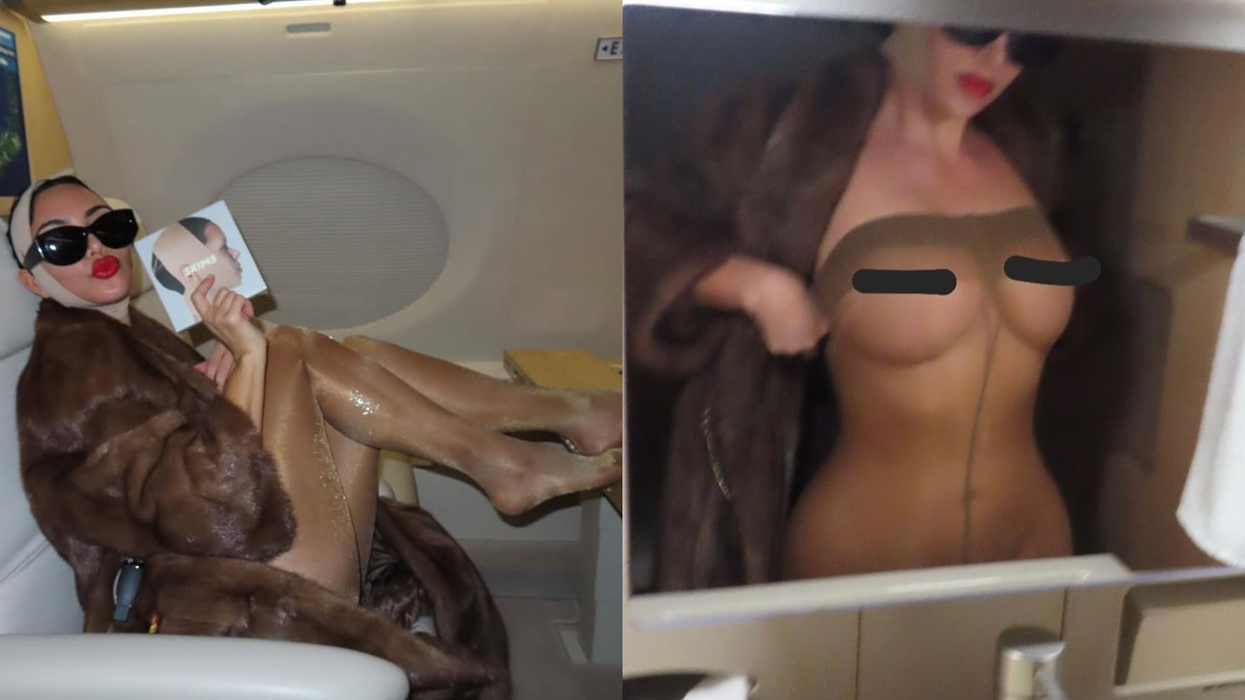

 Lewis Cope confirmed for Strictly Come Dancing UK tour weeks after elimination Instagram/strictlycomedancinglive
Lewis Cope confirmed for Strictly Come Dancing UK tour weeks after elimination Instagram/strictlycomedancinglive  Lewis Cope to return to the Strictly Come Dancing stage for the 2026 live UK tour Instagram/lewiscope
Lewis Cope to return to the Strictly Come Dancing stage for the 2026 live UK tour Instagram/lewiscope 






